2022 Vol. 3, No. 4
Magnetorheological finishing (MRF) technology is widely used in the fabrication of high-precision optical elements. The material removal mechanism of MRF has not been fully understood because MRF technology involves the integration of electromagnetics, contact mechanics, and materials science. In this study, the rheological properties of the MR polishing fluid in oscillation model have been investigated. We propose that the shear-thinned MR polishing fluid over the polishing area should be considered a dense granular flow, based on which a new contact model of MRF over the polishing area has been constructed. Removal function and processing force test experiments were conducted under different working gaps. The normal pressure and effective friction equations over the polishing area were built based on the continuous medium and dense granular flow theories. Then, a novel MRF material removal model was established. A comparison of the results of the theoretical model with actual polishing results demonstrated the accuracy of the established model. The novel model proposed herein reveals the generation mechanism of shear force over a polished workpiece and realizes effective decoupling of the main processing parameters that influence the material removal of MRF. The results of this study will provide new and effective theoretical guidance for the process optimization and technology improvement of MRF.
In this paper, we demonstrate the capabilities of the terahertz pulse time-domain holography in visualisation, simulation, and assessment of broadband THz vortex beam formation dynamics upon its shaping by elements of beam converter, and further propagation and manipulation. By adding Jones matrix formalism to describe broadband optical elements, we highlight the differences in the spatio-spectral and spatio-temporal structure of the formed vortex and vector beams dependence on the modulator used and visualise their modal features. The influence of diffraction field structure from each element in the broadband vortex modulator is revealed in numerical simulation and the formed beams are analysed against the simplified Laguerre-Gaussian beam model.
Metafibers expand the functionalities of conventional optical fibres to unprecedented nanoscale light manipulations by integrating metasurfaces on the fibre tips, becoming an emerging light-coupling platform for both the nanoscience and fibre optics communities. Current metafibers remain proof-of-concept demonstrations that mostly explore isolated bare fibres owing to the lack of standard interfaces with universal fibre networks. Here, we develop methodologies for fabricating well-defined plasmonic metasurfaces directly on the end facets of commercial single -mode fibre jumpers using standard planar technologies and provide the first demonstration of their practical applications in the nonlinear plasmonic regime. Featuring plug-and-play connections with fibre circuitry and arbitrary metasurface landscapes, the metafibers with tunable plasmonic resonances are implemented into fibre laser cavities, yielding all-fibre sub-picosecond (minimum 513 fs) soliton mode locked lasers at optical wavelengths of 1.5 μm and 2 μm, demonstrating their unusual polarimetric nonlinear transfer functions and superior saturation absorption responses. The nanofabrication process flow is compatible with existing cleanroom technologies, offering metafibers an avenue to become a regular member of functionalised fibre components. This work paves the way toward the next generation of ultrafast lasers, optical frequency combs, and ultracompact ‘all-in-fibre’ optical systems.
Surface plasmon devices mounted at the end-facets of optical fibers are appealing candidates for rapid and point-of-care sensing applications, by offering a special dip-and-read operation mode. At present, these devices’ noise-equivalent limits-of-detection lag far behind the free-space counterparts, leaving them incapable of most biosensing applications. Here we report a quasi-3D Fano resonance cavity and its fabrication method to fundamentally improve the quality factor and coupling efficiency for fiber-coupled surface plasmon resonance. In this device, the Fano resonance combines the high coupling efficiency of a Fabry-Pérot etalon and the high quality factor resonance of a plasmonic crystal cavity. The quasi-3D device was fabricated on a planar substrate and transferred to a single-mode fiber end-facet, which requires a low-adhesion yet surface-plasmon-tunneling interface between the device and the planar substrate. Such an interface was realized with a nanocap-slit unit structure, of which the plasmonic crystal was consisted. A noise-equivalent limit of detection of ~ 10-7 RIU was experimentally obtained, allowing bovine serum albumin physical adsorption to be distinguished at ng mL-1 level concentrations. Therefore, breaking through the long-standing signal-to-noise ratio bottleneck, this work makes fiber end-facet surface plasmon devices into one of high sensitivity label-free sensing technologies. At the same time, it provides an enabling top-down fabrication technology for making 3D plasmonic structures on fiber end-facets at the nanometer scale.
Aspheric micro-lens array (AMLA), featured with low dispersion and diffraction-limited imaging quality, plays an important role in advanced optical imaging. Ideally, the fabrication of commercially applicable AMLAs should feature low cost, high precision, large area and high speed. However, these criteria have been achieved only partially with conventional fabrication process. Herein, we demonstrate the fabrication and characterization of AMLAs based on 12-bit direct laser writing lithography, which exhibits a high fabrication speed, large area, perfect lens shape control via a three-dimensional optical proximity correction and average surface roughness lower than 6 nm. In particular, the AMLAs can be flexibly designed with customized filling factor and arbitrary off-axis operation for each single micro-lens, and the proposed pattern transfer approach with polydimethylsiloxane (PDMS) suggests a low-cost way for mass manufacturing. An auto-stereoscopic-display flexible thin film with excellent display effect has been prepared by using above technology, which exhibits a new way to provide flexible auto-stereoscopic-display at low cost. In brief, the demonstrated fabrication of AMLAs based on direct laser writing lithography reduce the complexity of AMLA fabrication while significantly increasing their performance, suggesting a new route for high-quality three-dimentional optical manufacturing towards simplified fabrication process, high precision and large scale.
Tilted Wave Interferometry (TWI) is a measurement technique for fast and flexible interferometric testing of aspheres and freeform surfaces. The first version of the tilted wave principle was implemented in a Twyman-Green type setup with separate reference arm, which is intrinsically susceptible to environmentally induced phase disturbances. In this contribution we present the TWI in a new robust common-path (Fizeau) configuration. The implementation of the Tilted Wave Fizeau Interferometer requires a new approach in illumination, calibration and evaluation. Measurements of two aspheres and a freeform surface show the flexibility and also the increased stability in both phase raw data and surface measurements, which leads to a reduced repeatability up to a factor of three. The novel configuration significantly relaxes the tolerances of the imaging optics used in the interferometer. We demonstrate this using simulations on calibration measurements, where we see an improvement of one order of magnitude compared to the classical Twyman-Green TWI approach and the capability to compensate higher order error contributions on the used optics.
To improve the lateral resolution in microscopic imaging, microspheres are placed close to the object’ s surface in order to support the imaging process by optical near-field information. Although microsphere-assisted measurements are part of various recent studies, no generally accepted explanation for the effect of microspheres exists. Photonic nanojets, enhancement of the numerical aperture, whispering-gallery modes and evanescent waves are usually named reasons in context with microspheres, though none of these effects is proven to be decisive for the resolution enhancement. We present a simulation model of the complete microscopic imaging process of microsphere-enhanced interference microscopy including a rigorous treatment of the light scattering process at the surface of the specimen. The model consideres objective lenses of high numerical aperture providing 3D conical illumination and imaging. The enhanced resolution and magnification by the microsphere is analyzed with respect to the numerical aperture of the objective lenses. Further, we give a criterion for the achievable resolution and demonstrate that a local enhancement of the numerical aperture is the most likely reason for the resolution enhancement.
We report all-optical mid-infrared phase and intensity modulators based on the photo-thermal effect in an acetylene-filled anti-resonant hollow-core fiber. Optical absorption of the control beam promotes the gas molecules to a higher energy level, which induces localized heating through non-radiative relaxation and modulates the refractive index of the gas material and hence the accumulated phase of the signal beam propagating through the hollow-core fiber. By modulating the intensity of the control beam, the phase of the signal beam is modulated accordingly. By use of a 1.53 µm near-infrared control beam, all-optical phase modulation up to 2.2π rad is experimentally demonstrated at the signal wavelength of 3.35 µm. With the phase modulator placed in one arm of a Mach-Zehnder interferometer, intensity modulation with on-off ratio of 25 dB is achieved. The gas-filled hollow-core-fiber modulators could operate over an ultra-broad wavelength band from near- to mid-infrared and have promising application in mid-infrared photonic systems.
The rapid development of the aerospace and nuclear industries is accompanied by increased exposure to high-energy ionising radiation. Thus, the performance of radiation shielding materials needs to be improved to extend the service life of detectors and ensure the safety of personnel. The development of novel lightweight materials with high electron density has therefore become urgent to alleviate radiation risks. In this work, new MAPbI3/epoxy (CH3NH3PbI3/epoxy) composites were prepared via a crystal plane engineering strategy. These composites delivered excellent radiation shielding performance against 59.5 keV gamma rays. A high linear attenuation coefficient (1.887 cm−1) and mass attenuation coefficient (1.352 cm2 g−1) were achieved for a representative MAPbI3/epoxy composite, which was 10 times higher than that of the epoxy. Theoretical calculations indicate that the electron density of MAPbI3/epoxy composites significantly increases when the content ratio of the (110) plane in MAPbI3 increases. As a result, the chances of collision between the incident gamma rays and electrons in the MAPbI3/epoxy composites were enhanced. The present work provides a novel strategy for designing and developing high-efficiency radiation shielding materials.
The interaction between a probing tip and an adsorbed molecule can significantly impact the molecular chemical structure and even induce its motion on the surface. In this study, the tip-induced bond weakening, tilting, and hopping processes of a single molecule were investigated by sub-nanometre resolved tip-enhanced Raman spectroscopy (TERS). We used single carbon monoxide (CO) molecules adsorbed on the Cu (100) surface as a model system for the investigation. The vibrational frequency of the C−O stretching mode is always redshifted as the tip approaches, revealing the weakening of the C−O bond owing to tip−molecule interactions. Further analyses of both the vibrational Stark effect and TERS imaging patterns suggest a delicate tilting phenomenon of the adsorbed CO molecule on Cu(100), which eventually leads to lateral hopping of the molecule. While a tilting orientation is found toward the hollow site along the [110] direction of the Cu(100) surface, the hopping event is more likely to proceed via the bridge site to the nearest Cu neighbour along the [100] or [010] direction. Our results provide deep insights into the microscopic mechanisms of tip−molecule interactions and tip-induced molecular motions on surfaces at the single-bond level.
Coded aperture imaging (CAI) is a technique to image three-dimensional scenes with special controlled abilities. In this review, we survey several recently proposed techniques to control the parameters of CAI by engineering the aperture of the system. The prime architectures of these indirect methods of imaging are reviewed. For each design, we mention the relevant application of the CAI recorders and summarize this overview with a general perspective on this research topic.
In this paper, we review the existing approaches for vortex and vector beam shaping and generation in the terahertz frequency range. The particular focus of this review is on the possibility of homogeneous topological charge formation in the ultra-wide spectral interval inherent to ultrashort terahertz pulses. We review the available materials and components, analyse proposed and potentially possible solutions for broadband terahertz vortex and vector beam shaping, compare all developed approaches, and put forward a unified concept for constructing passive shapers of such beams from the existing component base.
Helmet Mounted Displays (HMDs), such as in Virtual Reality (VR), Augmented Reality (AR), Mixed reality (MR), and Smart Glasses have the potential to revolutionize the way we live our private and professional lives, as in communicating, working, teaching and learning, shopping and getting entertained. Such HMD devices have to satisfy draconian requirements in weight, size, form factor, power, compute, wireless communication and of course display, imaging and sensing performances. We review in this paper the various optical technologies and architectures that have been developed in the past 10 years to provide adequate solutions for the drastic requirements of consumer HMDs, a market that has yet to become mature in the next years, unlike the existing enterprise and defense markets that have already adopted VR and AR headsets as practical tools to improve greatly effectiveness and productivity. We focus specifically our attention on the optical combiner element, a crucial element in Optical See-Through (OST) HMDs that combines the see-through scene with a world locked digital image. As for the technological platform, we chose optical waveguide combiners, although there is also a considerable effort today dedicated to free-space combiners. Flat and thin optics as in micro-optics, holographics, diffractives, metasurfaces and other nanostructured optical elements are key building blocks to achieve the target form factor.



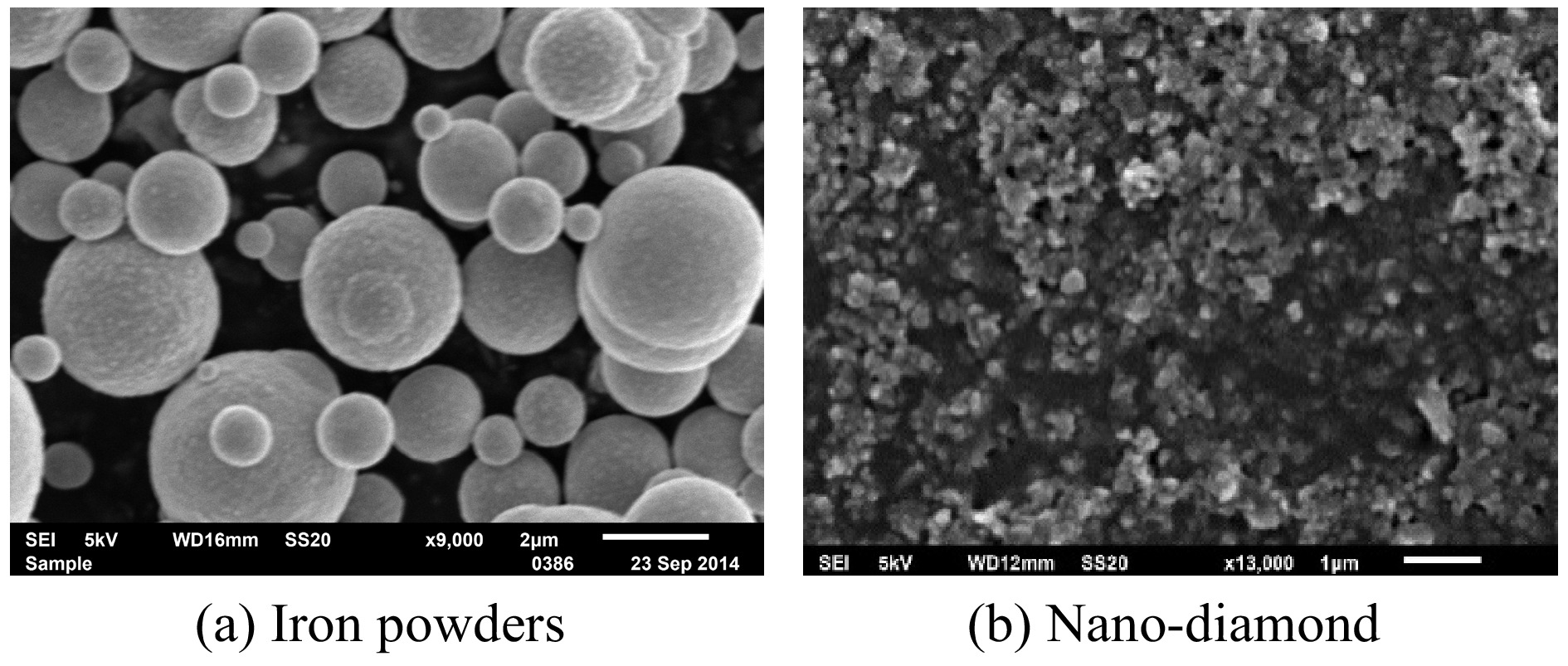
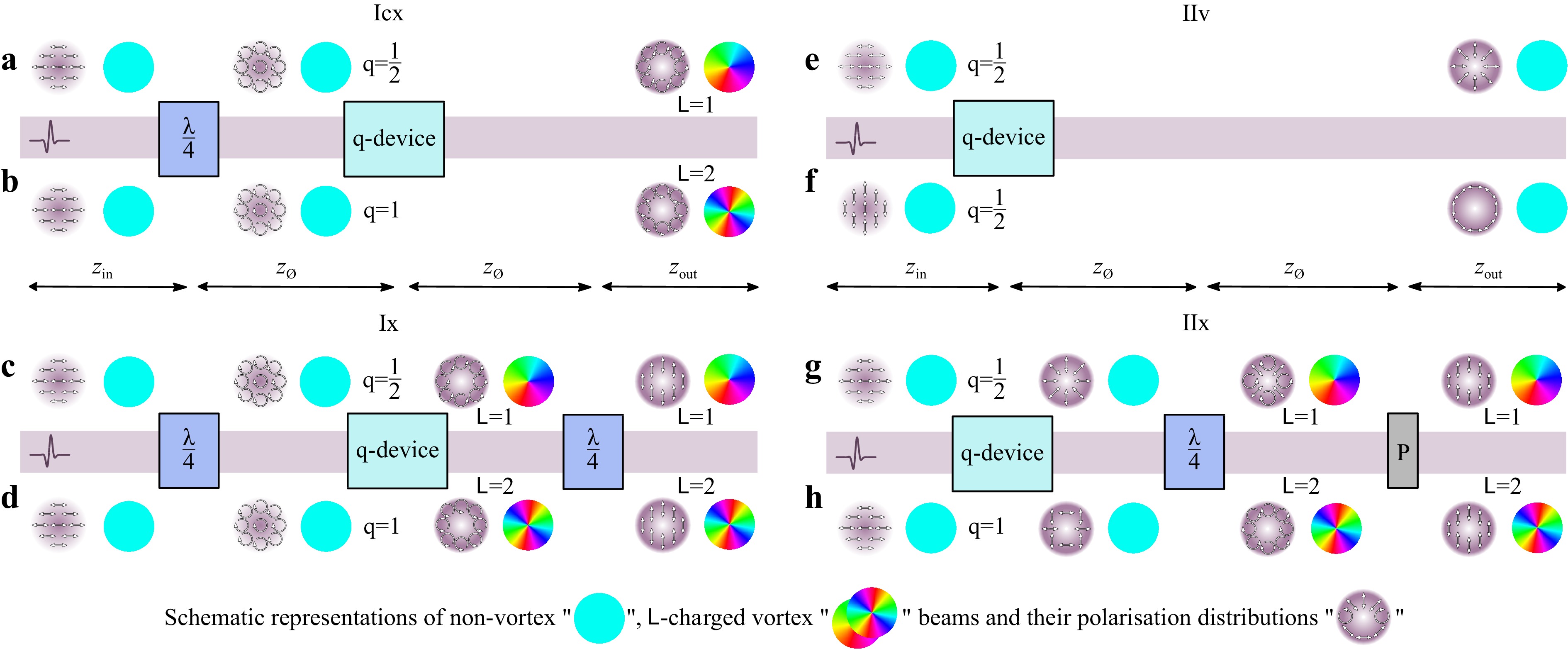
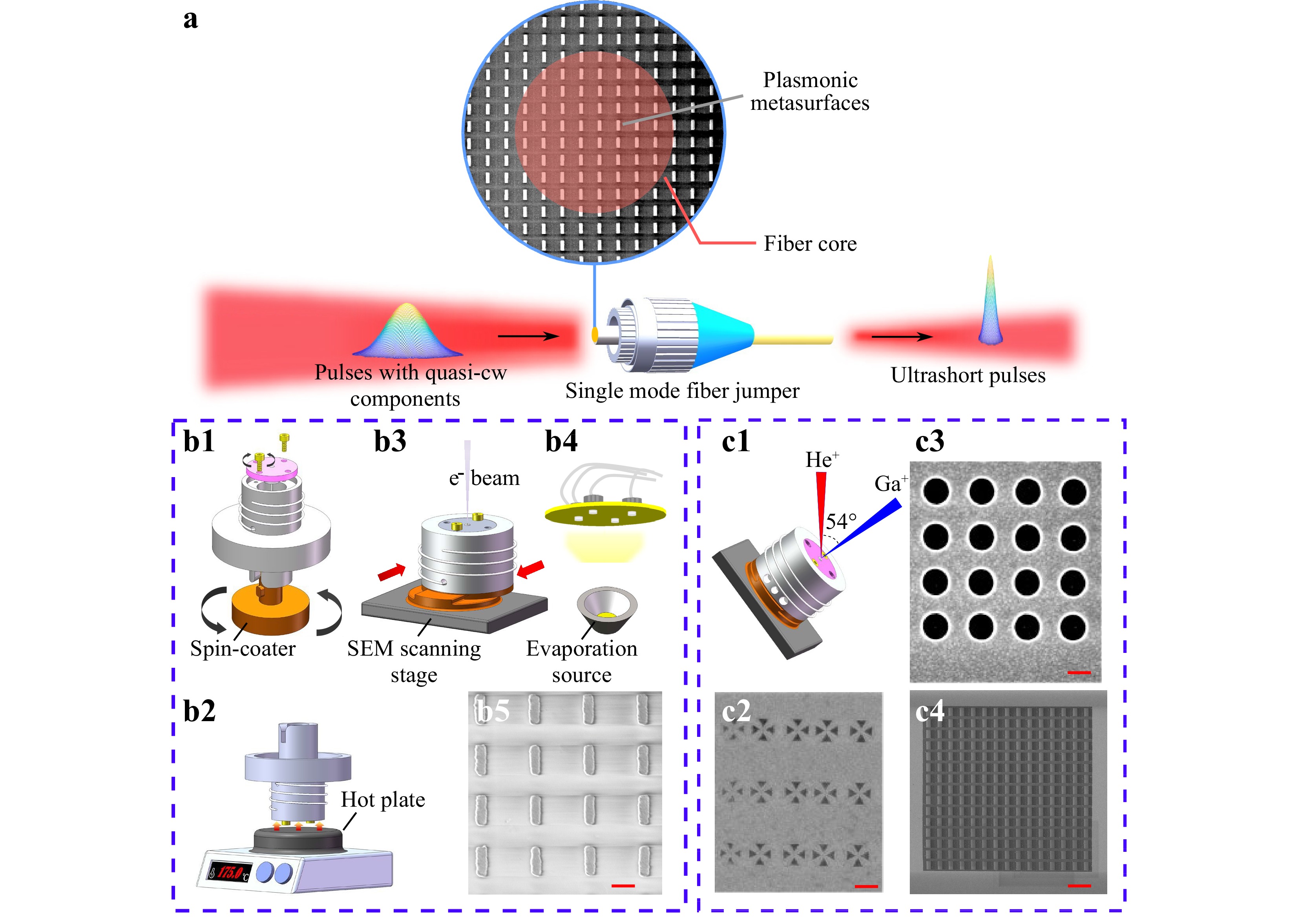
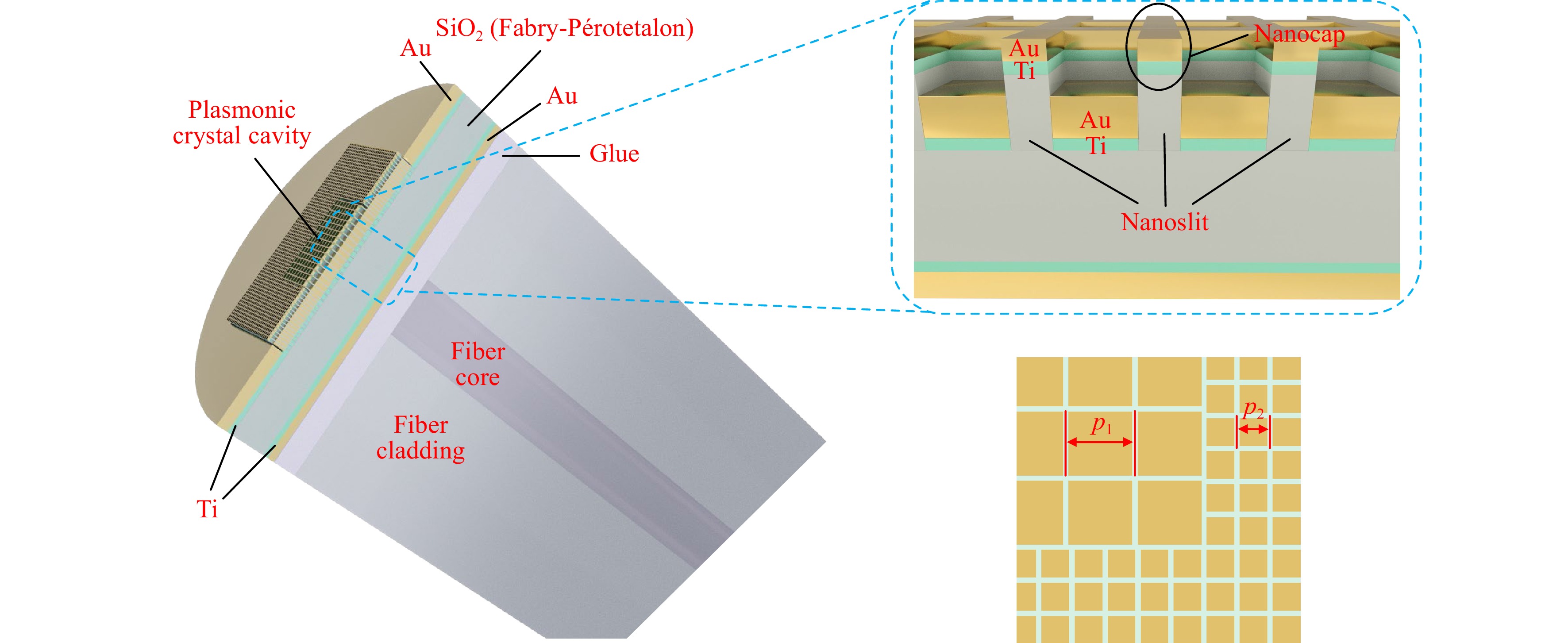
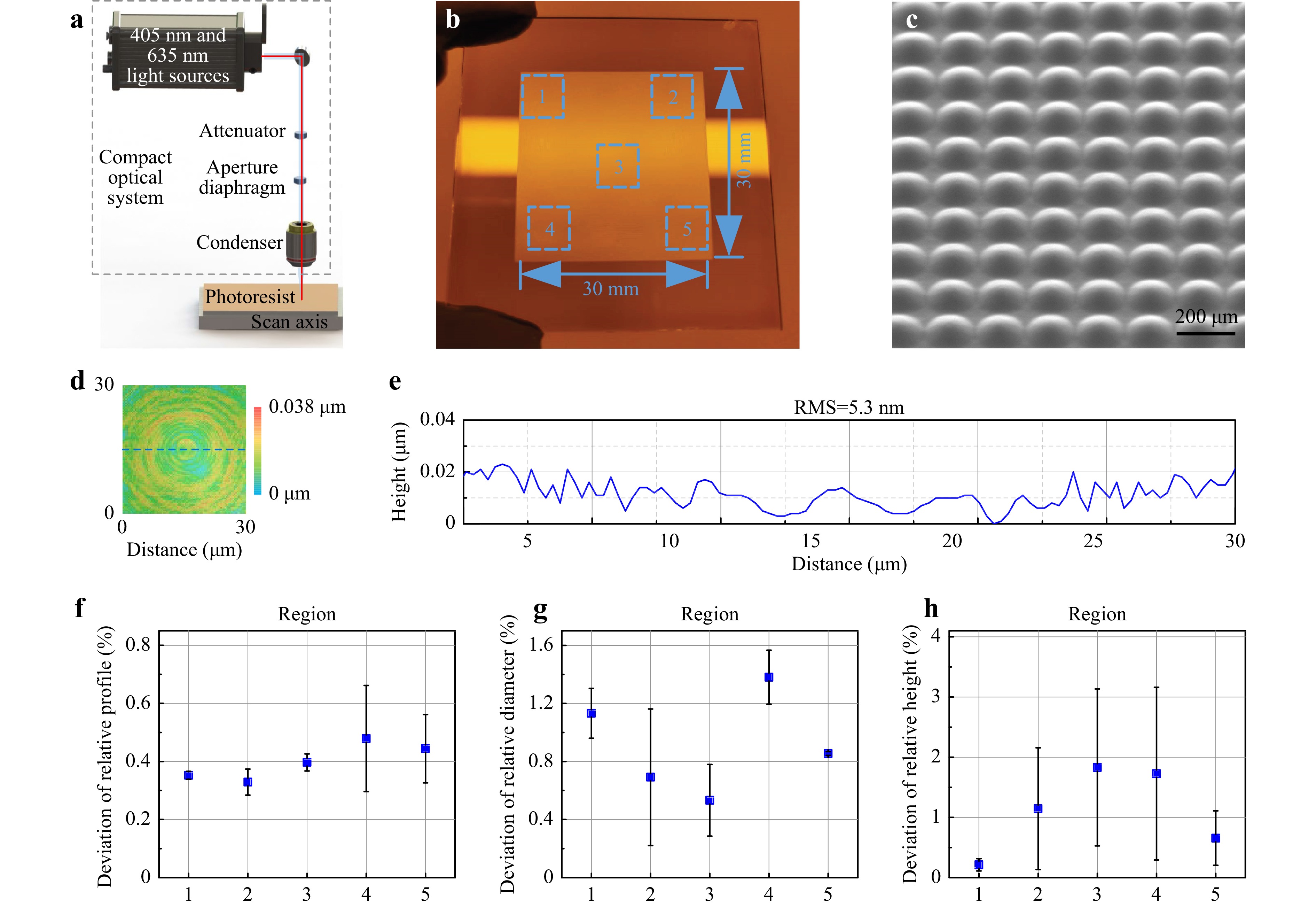

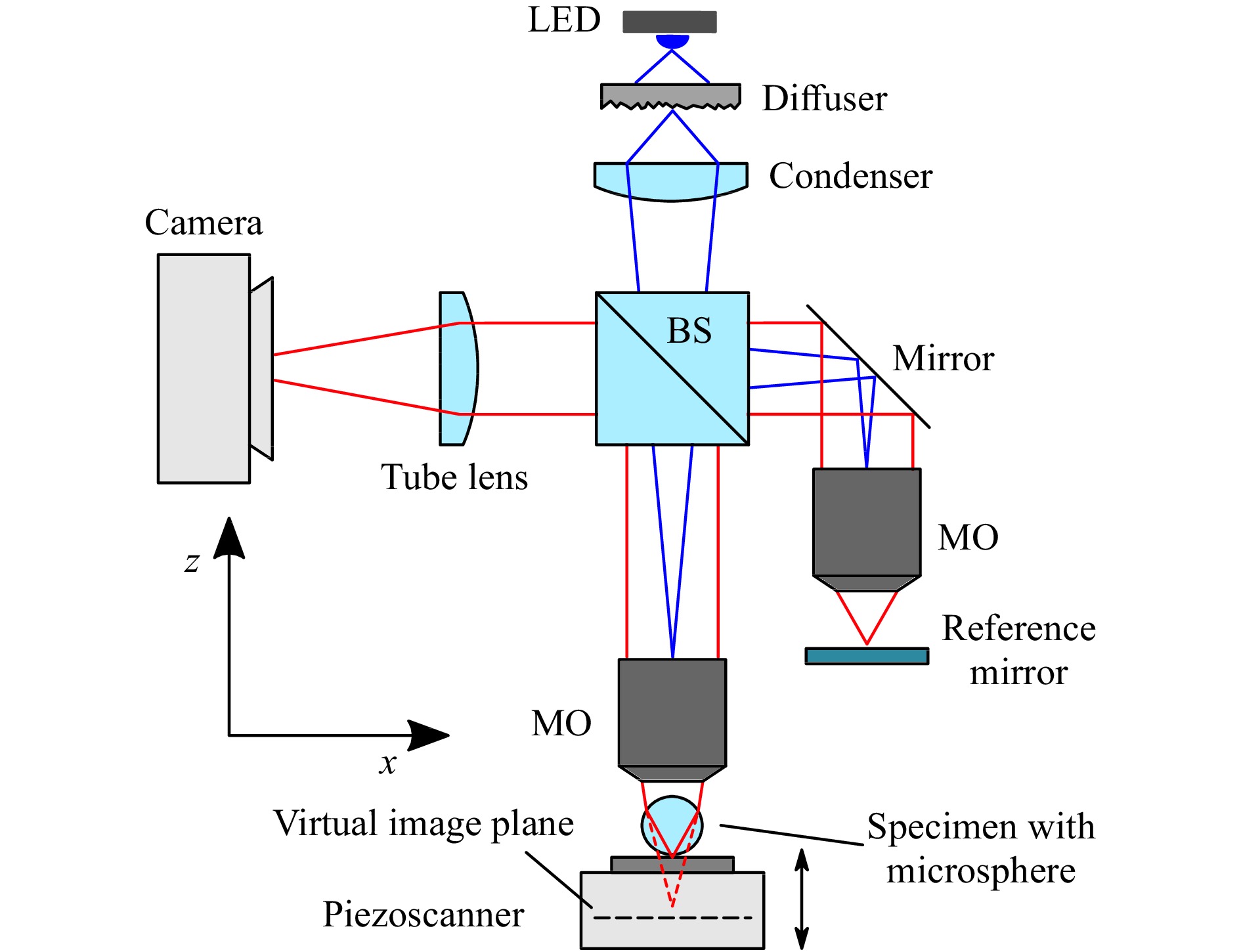
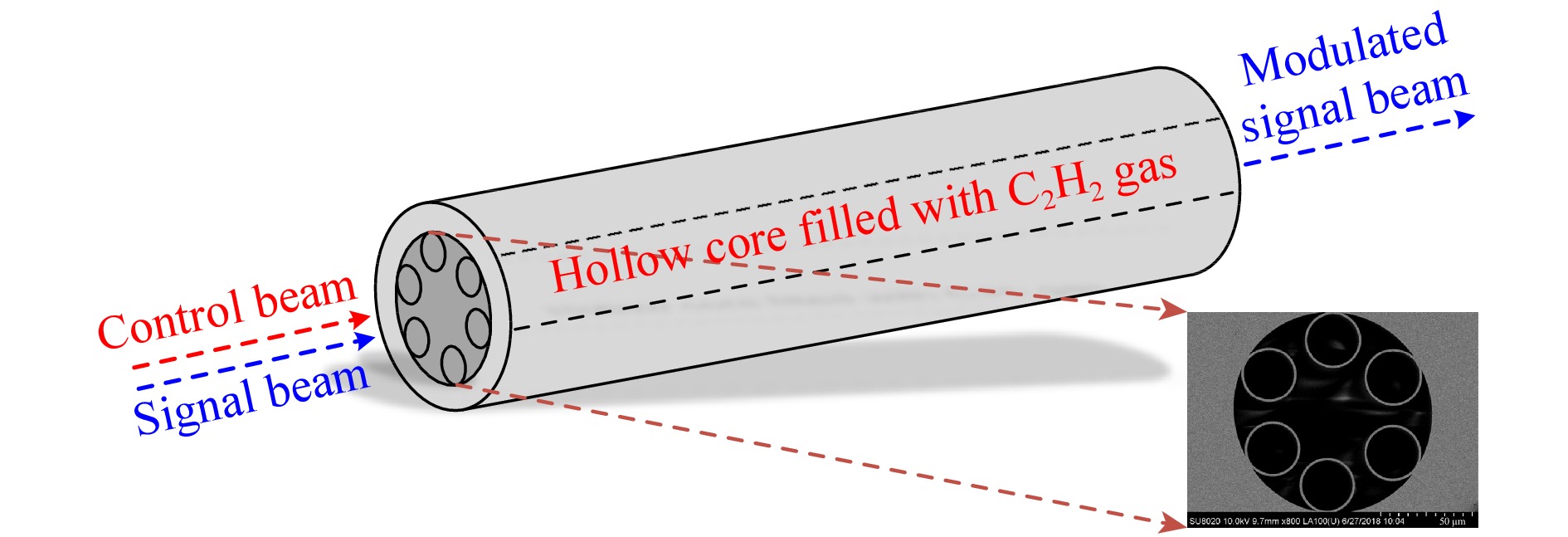
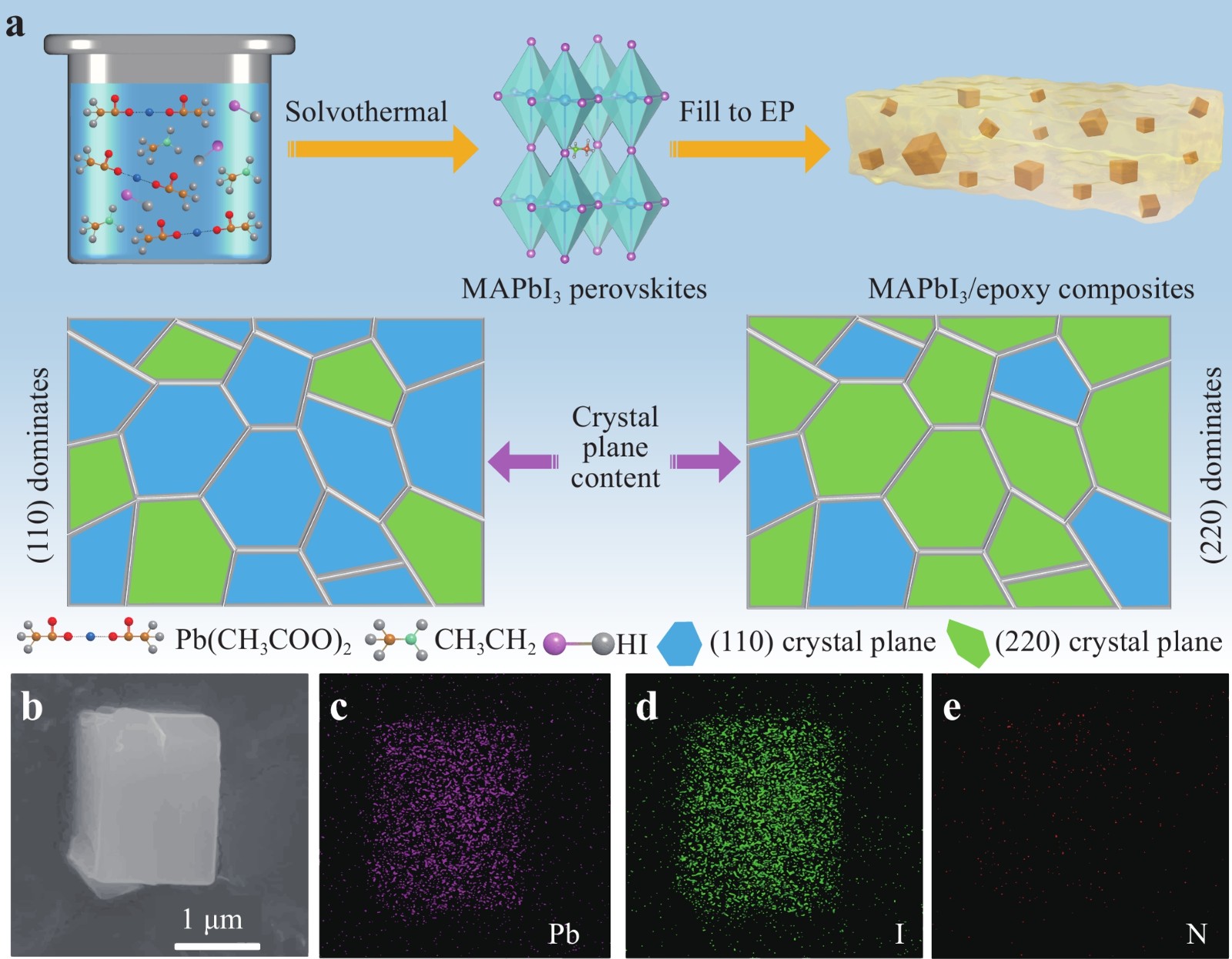


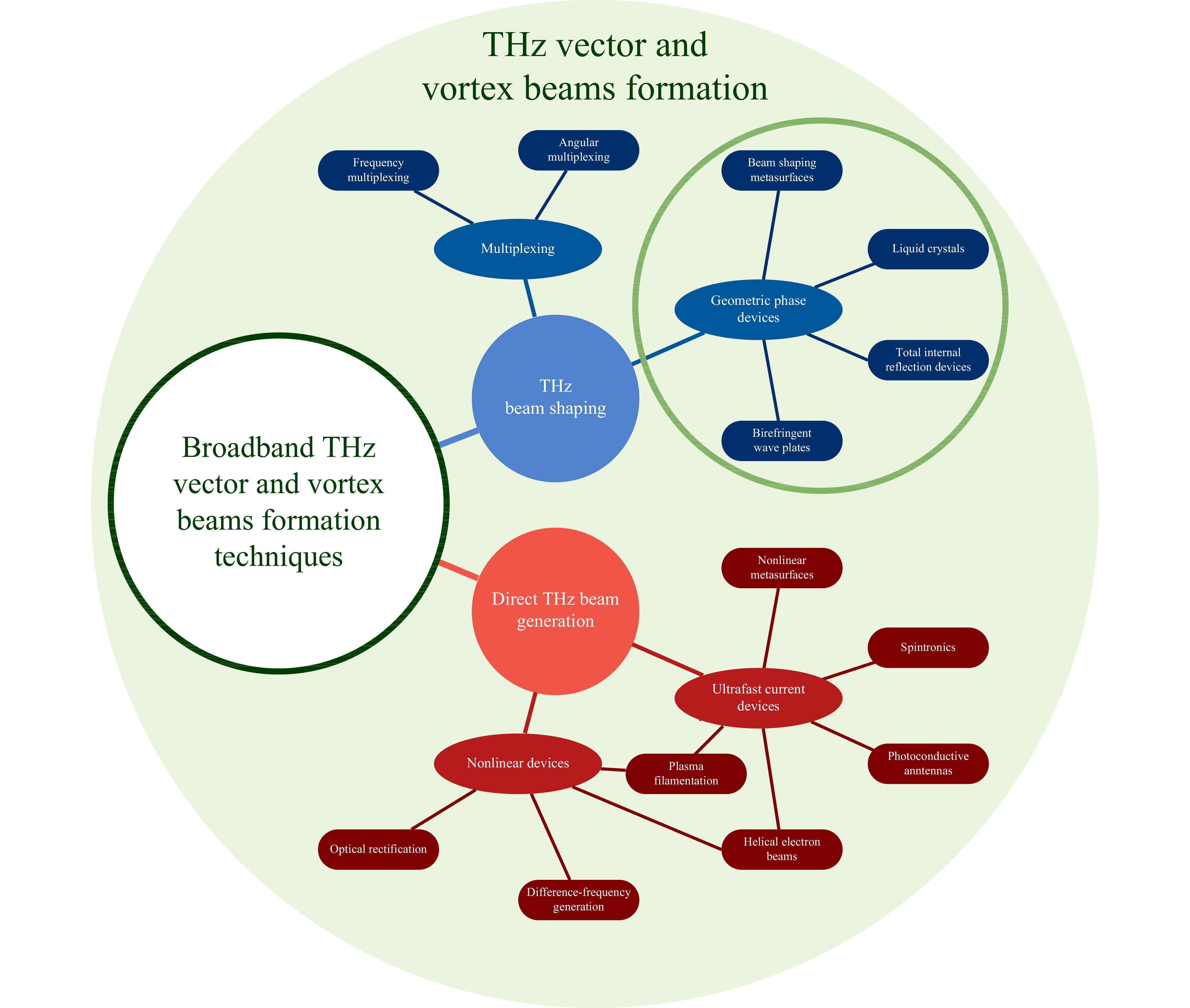
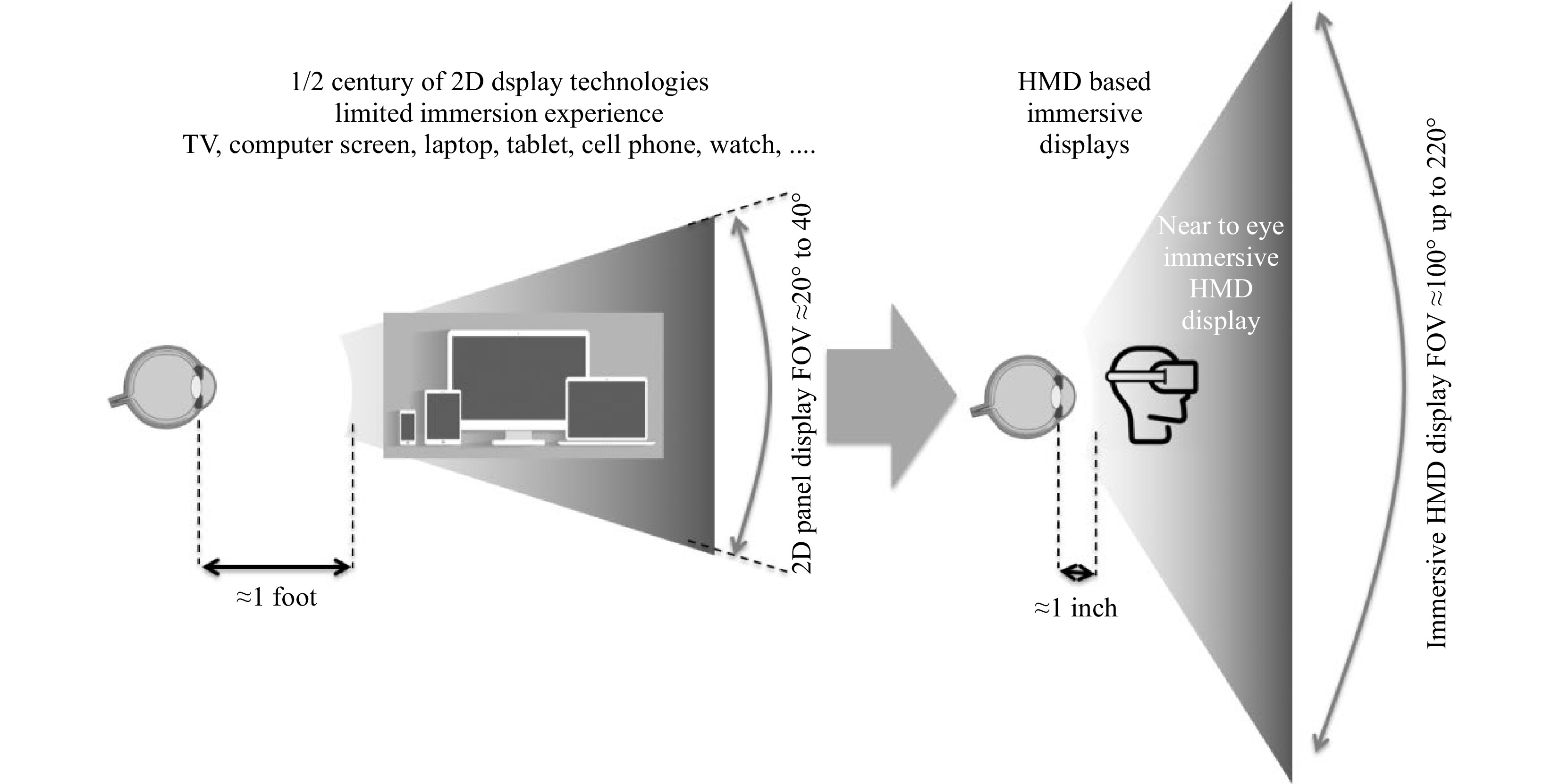
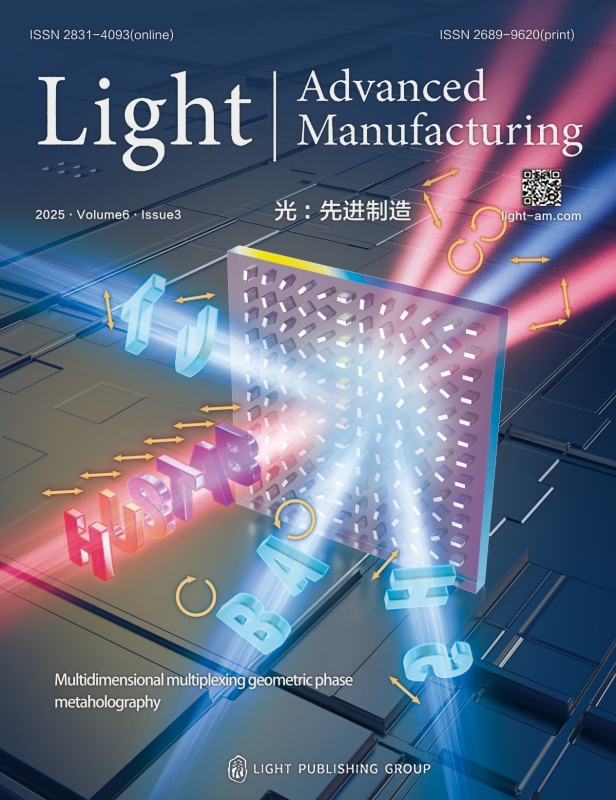

 Email
Email RSS
RSS